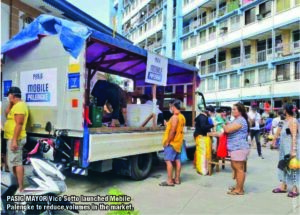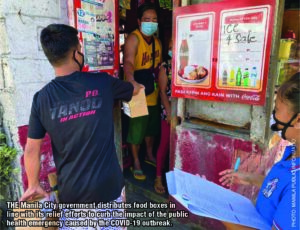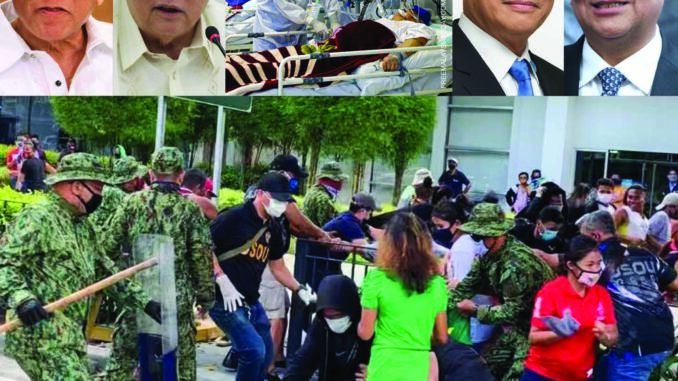
Why is there need for lockdown and social distancing? The answer lies in what is called reproductive number of the virus. To stop it, the reproductive number must be 1 or 0, what scientists call the R-nought. If one patient infects only one person the virus stops spreading.
However, SARS CoV-2 has an R/0 of two to five. An infected person infects two to five more and each of those two to five in turn infect their own twos to fives. The result is a an epidemic which if it leaps into two or more continents becomes a pandemic. To stop that, the usual reaction of governments is lock down, immobilize people en masse, ask them to wash their hands and be six feet apart while socializing.
The other problem with SARS CoV-2 is that the disease it causes, COVID-19, has a long incubation period, from two days to two weeks with an average of five days. Incubation is when symptoms start to appear after infection. So an infected person can show no symptoms between two days and two weeks. During that time, he keeps infecting two to five other people and the chain goes on.
How do you stop that spread? Again, lockdown huge patches of the population where Patient Zero has appeared.
How do you spot Patient Zero before he becomes one? Testing, testing, testing.
How do you locate the two to five he has infected? Contact tracing. Here, you need manpower and vast technology: cellular phones with GPS, Instagram and Facebook accounts of contacts, database of addresses like voters’ lists, LTO drivers list, even the Pantawid Pamilya lists. It’s all about contact, contact, contact. And location, location, location, and the hell with privacy.
In Wuhan, a city of 11 million, 1,800 contact tracing teams were formed, each with five people. In Metro Manila, a metropolis of 14 million, contact tracing is almost non-existent; perfunctory at most, lacking focus, diligence, and rigor.
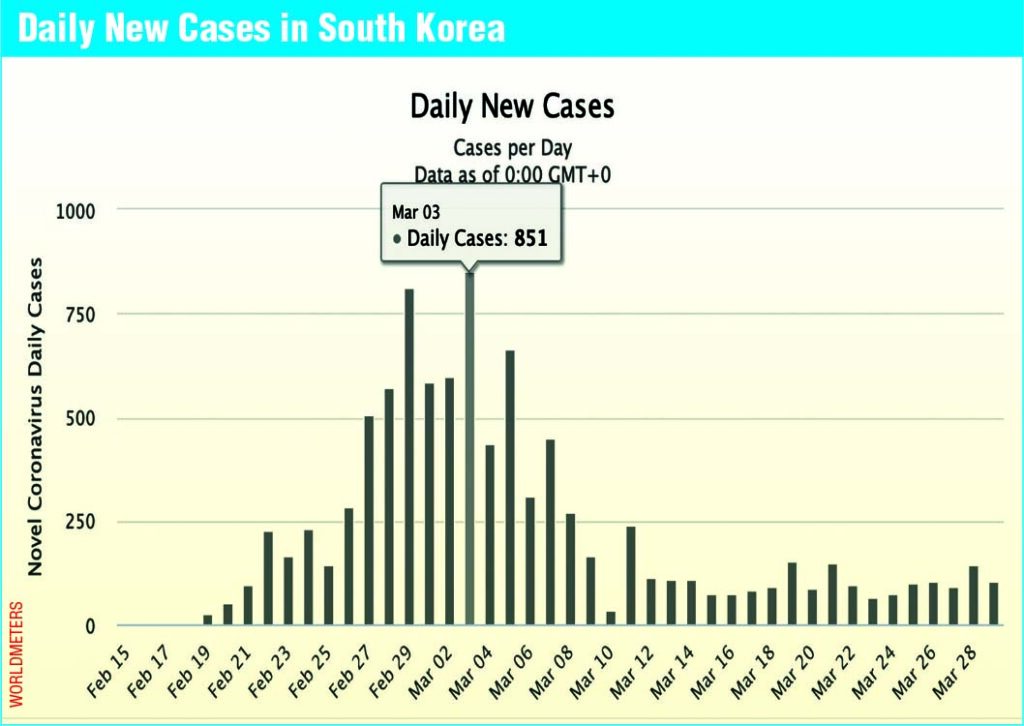
Aside from discipline of its people, South Korea went into massive testing, testing, testing. More than 348,000 tested at 10,000 daily for eight weeks, from early February. This brought down daily new cases from 800 on March 3 to 105 by March 28, and limited deaths to 158, only 1% of 9,661 cases. South Korea has 51 million people. It had over 348,000 tested. The Philippines has 110 million people. It tested only 2,300 during the same eight weeks.
In a way despite our almost criminal negligence, we are lucky to tally 1,546 cases, with 78 deaths.
But that is not because of success against the virus; it is the result of negligence – the lack of adequate testing. Which means our confirmed cases are probably understated by a ratio of five to one, meaning the actual cases could be more than 7,000 by now.
The key to solving the virus crisis problem is testing, testing, testing, up to 500,000 tests at the rate of 15,000 per day. If you achieve that level of testing, there might be no need for a lockdown.
Without a lockdown, we can restart the economy which has lost P1 trillion in production and massive hunger and joblessness, in the cities and in the countryside.
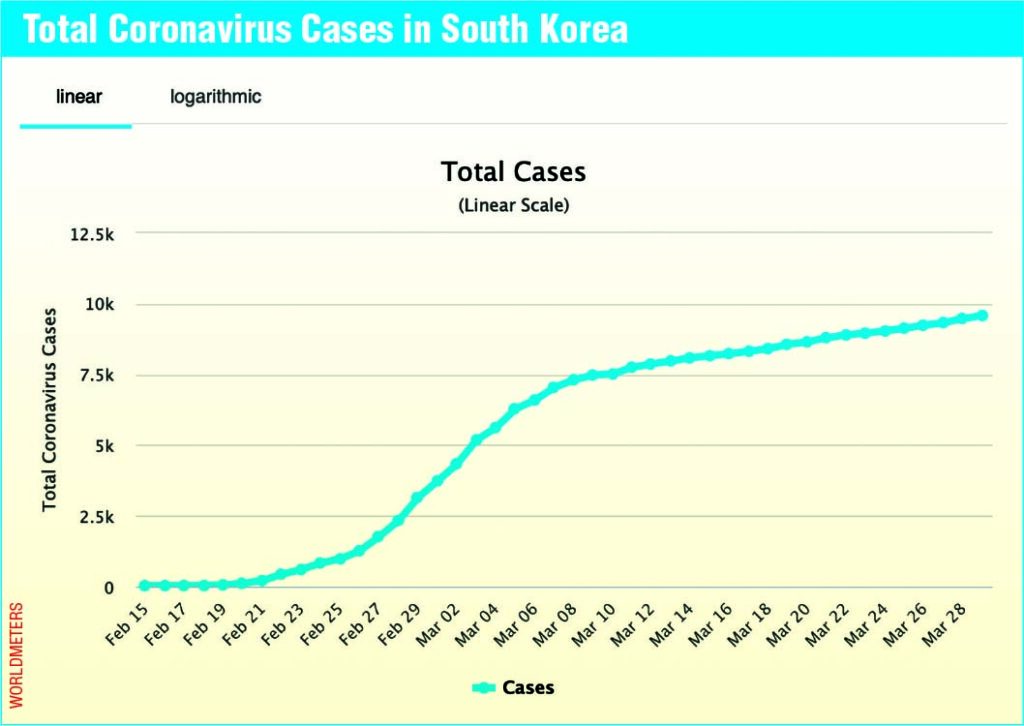
In South Korea, even as cases piled up to the rate of 800 a day which happened for two days, the country never locked down entire towns, cities or region. Their economy keeps humming.
To battle the virus, four Ts are needed – testing, tracing, treatment, and trust in the government.
For the first three Ts – testing, tracing, and treatment, we need numbers. How many tests are required in the Philippines? A certain Dr. Salvana says the capacity is not more than 1,000 daily. That is grossly inadequate. Congressman Joey Salceda says 5,000 daily tests are needed.
I feel we need to do as many as 15,000 tests a day to be a step or two away from the virus.
If Wuhan, much smaller than Metro Manila, could assemble 1,800 teams, our national capital should be able to mobilize at least 500 teams of five people each, using the manpower of the Philippine National Police and the Armed Forces of the Philippines (easily 400,000), and the idled IT work force of private companies. Both Globe Telecom and Smart PLDT have location apps in their cellular network which has more than 120 million subscribers – more than the population of the Philippines. Moreover, the banking system has 22,000 ATMS nationwide, a veritable, accurate and specific data base of addresses and names.
Because of inadequate testing and contact tracing, our DoH never found out who Patient Zero is and where is he is now, and how many he infected. What DoH traced are the first three cases, three Chinese from Wuhan, and a husband and wife who frequented Greenhills, San Juan and became infected. Since the Filipino husband and wife (Case 4 and 5) never met Case 1, 2 and 3 (the three Chinese), they were infected by somebody else. That is Patient Zero.
As for treatment, we need numbers asap. Assuming 300,000 health personnel (doctors, nurses, assistants, the cleaning people) who need one set of personal protective equipment (masks or face shields, goggles, gloves, gowns, shoes, and shoe covers, etc) or PPE set for 30 days, that’s 9 million PPEs.
For a start, the Philippine system probably needs one million PPEs right now, plus three million masks. Ventilators? Less than 100 have died. Half of them probably would have been saved with ventilators. Assuming 1,500 would die by April, we need to order 750 ventilators right now.
We need the IATF on the coronavirus to crunch these numbers. We don’t know the situation on the testing and treatment front. If we cannot solve the four Ts, we cannot solve the economic slowdown and the hunger and mass joblessness it has caused. And we lose P40 billion a day in economic output.
— Tony Lopez

